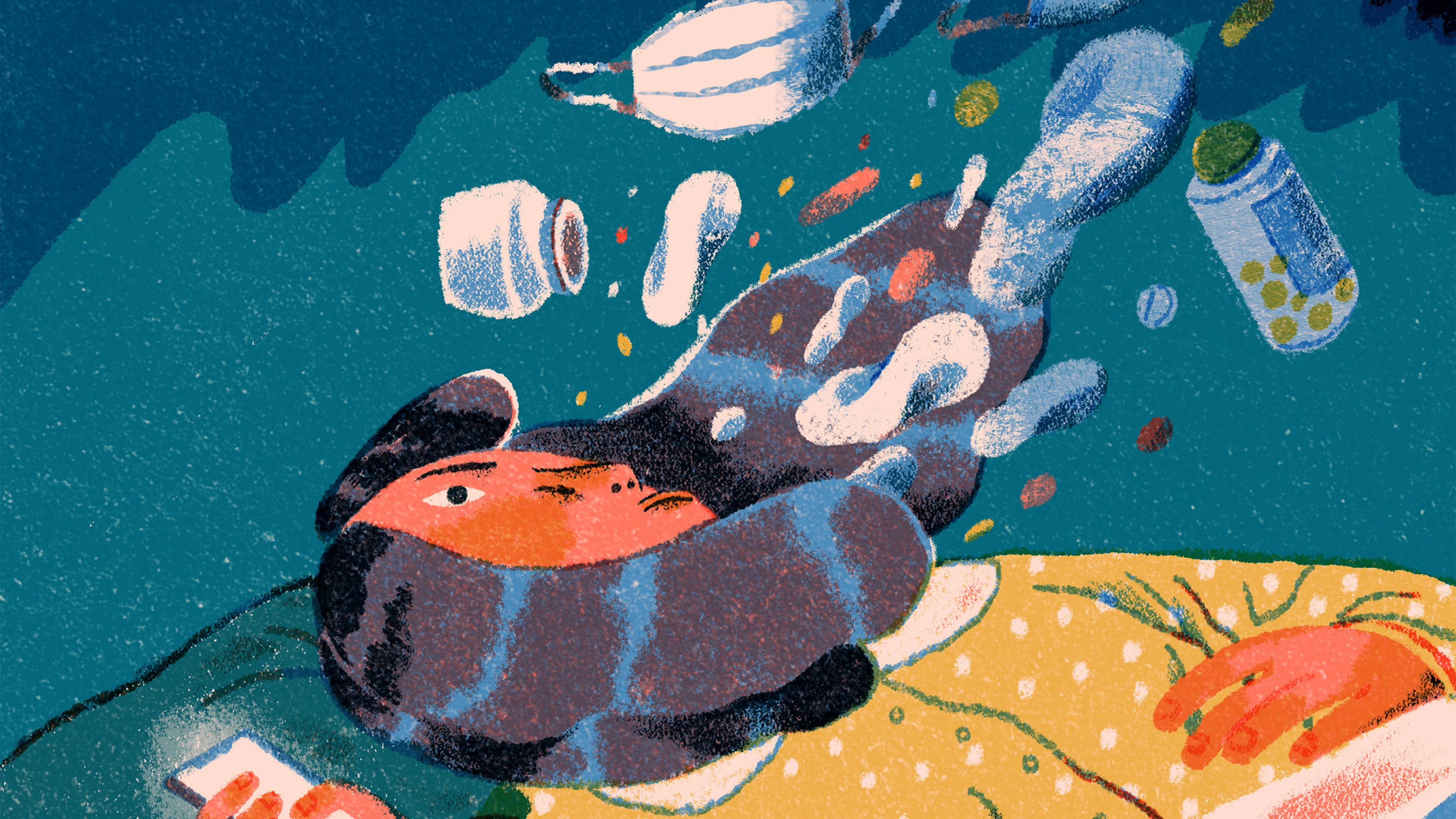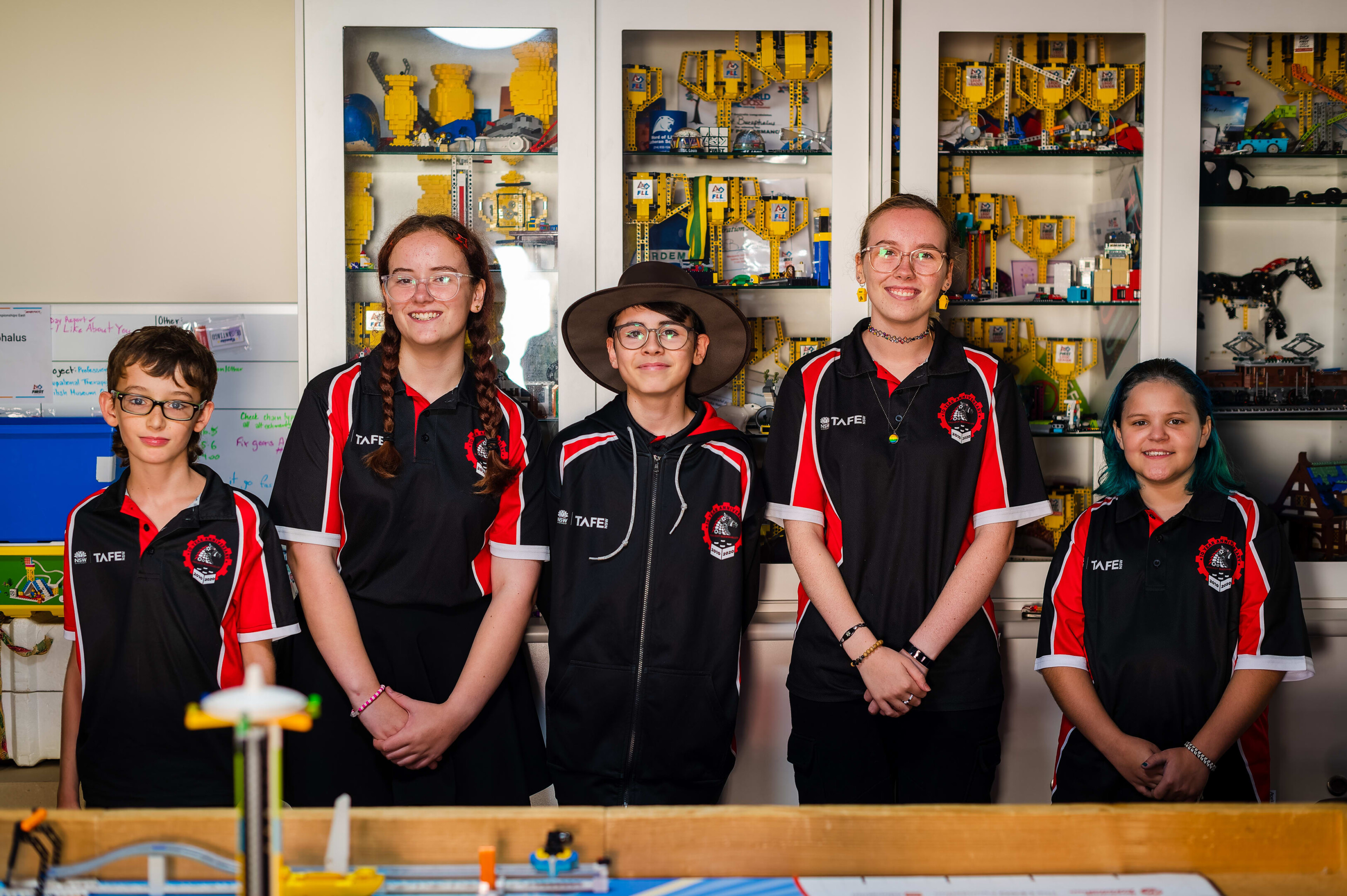27th April, 2024
The human brain can recognise images within 100 milliseconds (Balm 2014). Within moments, the wonder that is the human mind analyses colours, shapes, and patterns of light and extracts meaning in shared and individual ways.
Since the days of cave-dwellers, people have used the same information accumulated through sight to create and assign meaning to new images in order to transfer information to the next viewer.
Rapid processing and subsequent creation of visual information is, by far, our biggest evolutionary advantage. I’m not sure it will save us from coronavirus (stay tuned to find out), but I think it’s safe to say that our trusty old trick of ‘sight’ has kept us homo sapiens at the top of our survival game for quite a while now.
For this week’s blog post, we’ve been asked to choose an image and think about representation and interpretation. And while I’m sure we’re all sick and tired of coronavirus stories, this particular image stuck in my head for a few days, so indulge me, if you please, by viewing the image below:

What you’re looking at, dear friend, is an artwork by Lisk Feng, who created it last week for a piece published in the New York Times, entitled ‘Don’t Fall For These Myths About Coronavirus‘. The subtitle further contextualises the image, as it reads “Misconceptions about what can protect you are becoming just as contagious as the virus.” (Blum 2020)
As I’m sure you have observed yourself, the image above depicts a person in bed, with their phone held beside their head. —highly relatable content. Currently sitting on my bed with my phone next to me! (like this post if you and your phone are on the bed, it’s the law.) Above the relatable person, there seem to be various ‘floating’ images of medical items. In semiotic terms, these symbols themselves are referred to as ‘signifiers’.
The ‘signified’ are the possible implied meanings attributed to these symbols.
Images, such as this one, are infused with meaning and given context based on the viewers knowledge-base or ‘frame of reference’. Hall (1997) refers to this as one’s “system of representation”, and states that when viewing visual information, one extracts meaning “not through individual concepts, but (…) different way of organising, clustering, arranging and classifying concepts, and of establishing complect relations between them”. That is to say, the information you have interacted with in the past directly feeds into the way in which you interpret the information you are presented with now, or that of which you will encounter in the future.
Therefore, depending on a viewer’s personal context, this image could be interpreted in a number of ways. Somebody who, for example, lives under a very heavy rock, or exists in a timeline that god *didn’t* abandon, could consider the connotations held within this image in a slightly different way than those of us living in this dystopic March of 2020.
For now, though, I’m sure most of us see the medical items and assume the artwork is representative anxieties surrounding the current COVID19 global pandemic. And that the image of a phone, alongside the title of the article, implies the media’s role within the spread of hysteria and misinformation regarding the virus. These ideas, in semiotic terms, are what we call ‘the signified’.
All things considered and 500 words written, I leave you with a small bite of reasonable advice: be mindful of the information you take in today, and the way in which you interpret it. Because, to quote one of my favourite movies Mistress America, written by and starring the legend Greta Gerwig, (watch it, I dare you); “How you do anything is how you do everything”.
References
Fiske, John and Jenkins, Henry (2010) Introduction to Communication Studies: 3rd Edition. Routledge: London. https://ebookcentral.proquest.com/lib/uow/reader.action?docID=958077&ppg=75
Hall, S. (1997) ‘The Work of Representation” Representation: Cultural Representations and Signifying Practices. Sage: London. https://tr.uow.edu.au/uow/file/da1a463e-c428-41cf-836a-f12e99ef49d9/1/hall-1997-13-74.pdf
Balm, J., 2014. The power of pictures. How we can use images to promote and communicate science. [Blog] Research in Progress Blog, Available at: <http://blogs.biomedcentral.com/bmcblog/2014/08/11/the-power-of-pictures-how-we-can-use-images-to-promote-and-communicate-science/> [Accessed 21 March 2020].
Phillips, B., 1997. Thinking into it: Consumer Interpretation of Complex Advertising Images. Journal of Advertising, [online] 26, p.2. Available at: <https://www.tandfonline.com/doi/abs/10.1080/00913367.1997. > [Accessed 21 March 2020].
Chiu, C., 2017. Lisk Feng – A whimsical fantasy world. [Blog] Medium, Available at: <https://medium.com/themigratory/lisk-feng-a-whimsical-fantasy-world-8ba8253b7c79> [Accessed 21 March 2020].
Blum, D., 2020. Don’t Fall for These Myths About Coronavirus. The New York Times, [online] Available at: <https://www.nytimes.com/article/coronavirus-myths.html > [Accessed 21 March 2020].
Feng, L., 2020. [Digital].






